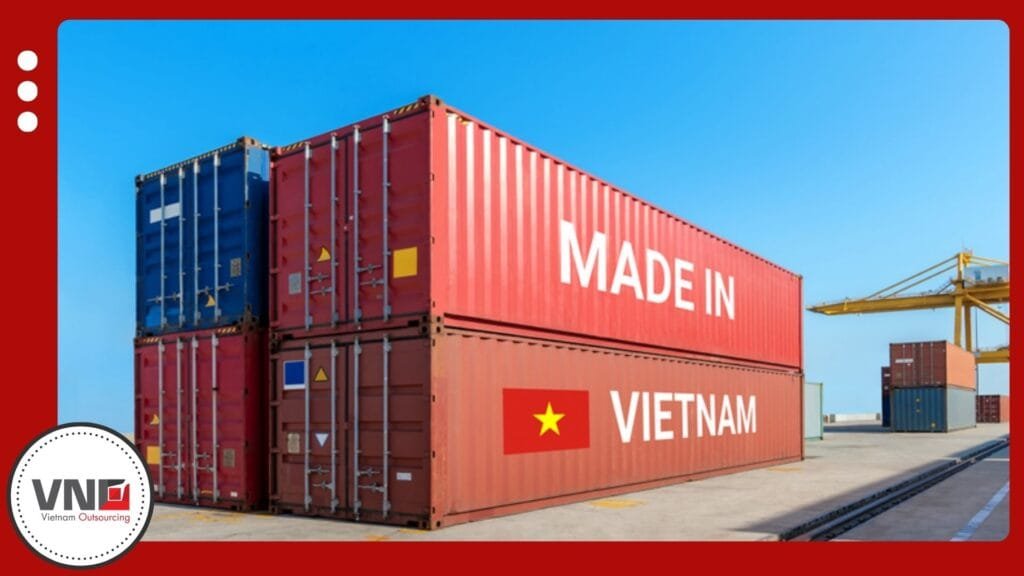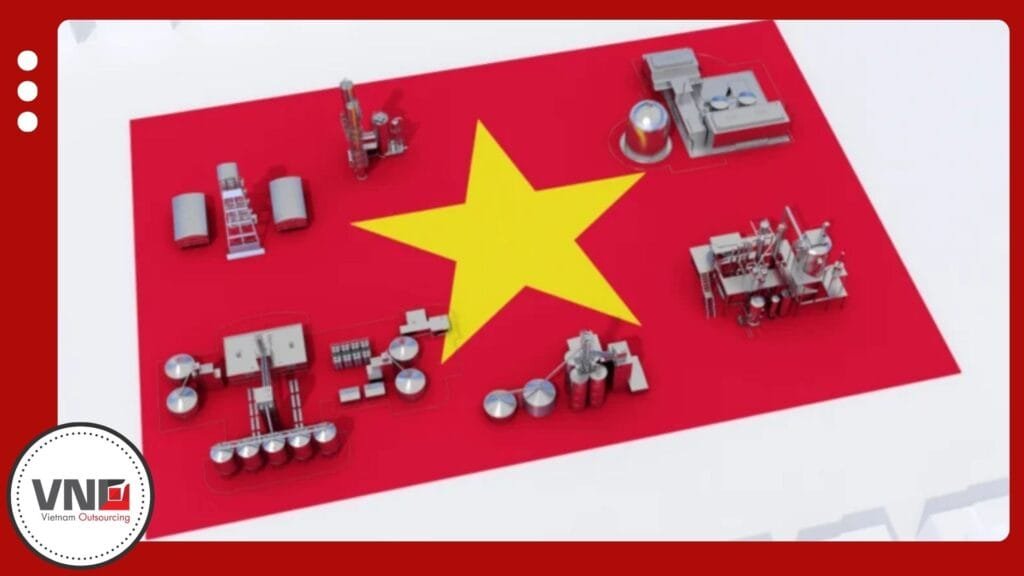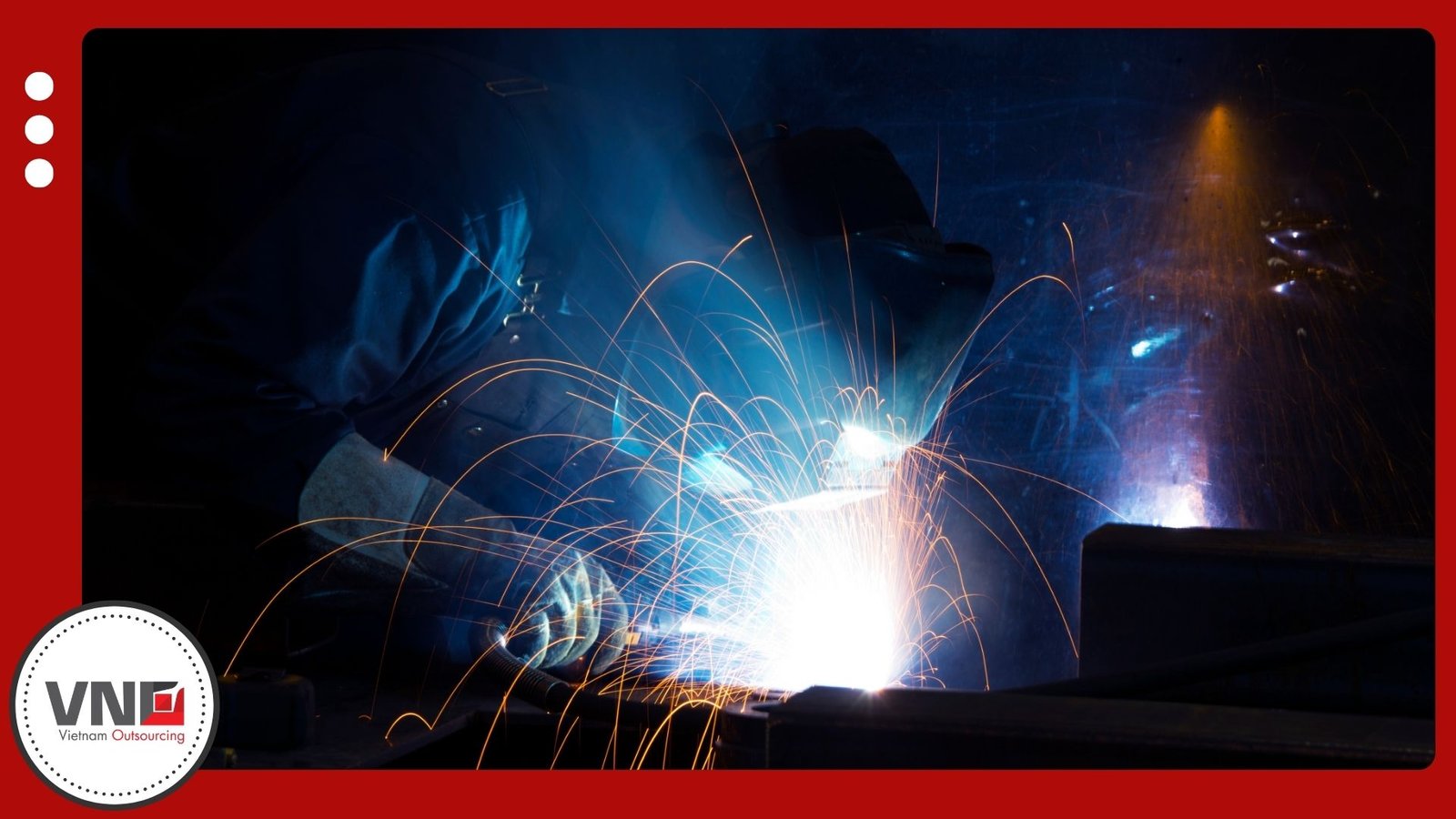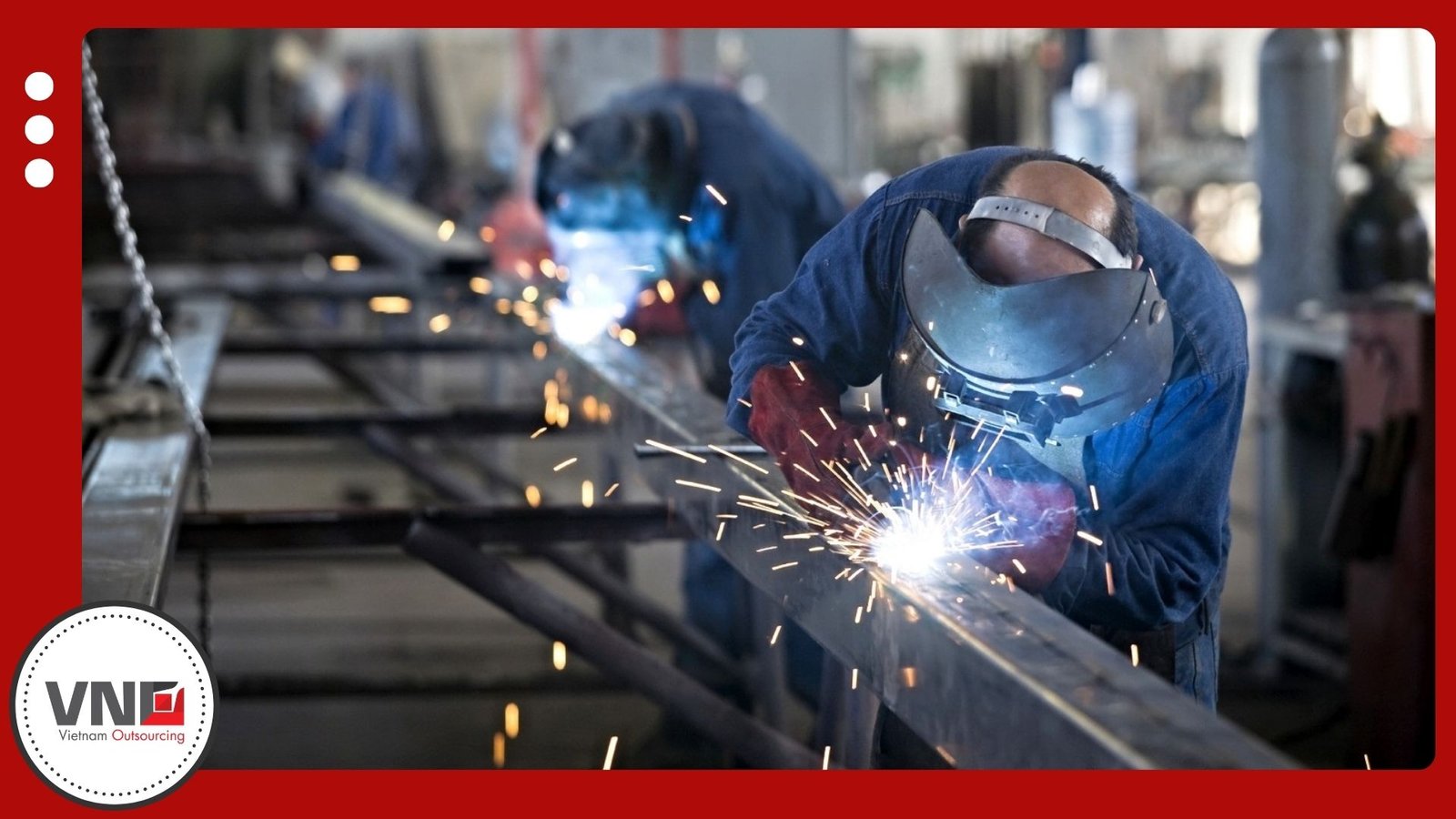Even with a 20 percent Vietnam tariff, the country remains a stronger sourcing choice than China, India, or Mexico. Thanks to government reforms, new trade agreements, and the expertise of Vietnam Outsourcing (VNO), buyers gain reliable supply chains that balance cost, compliance, and resilience.
Introduction: Vietnam Tariff and Global Sourcing
At first glance, a 20 percent Vietnam tariff may look heavy. But compared with China’s 55%+ duties, India’s weaker industrial depth, and Mexico’s higher landed costs, Vietnam’s mechanical engineering sector is still the most competitive. Supported by proactive reforms and global partnerships, backboned by global standards and certification such as ISO, IATF, ASTM A36 equivalent… , Vietnam is not just weathering tariffs—it is strengthening its role in the global supply chain.
China: High Tariffs and Rising Costs
China remains the world’s largest manufacturing hub, but U.S. tariffs above 55% make mechanical products more expensive. With rising wages and stricter customs checks, China’s competitiveness has sharply declined.
India: Expanding but Less Mature
India attracts manufacturers with incentives and lower tariffs. However, limited supply chain depth, slower infrastructure, and inconsistent quality make it less reliable than Vietnam for engineering buyers.
Mexico: Proximity vs. Competitiveness
Mexico benefits from location advantages under USMCA, but higher labor costs and less specialization in mechanical engineering reduce its overall competitiveness compared with Vietnam.

Vietnam: Engineering Strength Despite Tariffs
Even with the 20% Vietnam tariff, the country offers unique advantages:
- Machinery and engineering exports remain strong to U.S. and EU markets
- Supporting industries are expanding with government incentives
- Strategic location near China allows efficient access to inputs while avoiding China’s high tariffs
- Skilled workforce experienced in tooling, machining, and assembly supports scalability
For procurement managers, these factors make Vietnam the most balanced choice for cost, compliance, and long-term stability.
Tariff Comparison: Vietnam vs. Other Hubs
| Country | Average Tariff Rate (2025) | Key Notes for Buyers |
|---|---|---|
| Vietnam | 20% (40% on transshipment) | Lower than China, proactive reforms, improved compliance systems |
| China | 55%+ | Rising costs, strict U.S. scrutiny on inputs |
| India | 19%–25% | Incentives offered but weaker supply chain maturity |
| Mexico | 15%–25% | Proximity to U.S. but higher labor and logistics costs |
Government-Led Reforms to Ease the Vietnam Tariff Impact
Vietnam’s government is working to ensure buyers remain confident:
- New trade deals with U.S. firms in energy and technology
- Free trade agreements with EU, UK, CPTPP, and RCEP
- Incentives for ERP adoption and traceability upgrades
- Support for tooling, molds, and sub-assemblies to reduce imports
These reforms show that Vietnam is not only adapting to tariffs but actively shaping its role as a cornerstone in global trade.
The Buyer’s Advantage: Acting Early
As tariff and compliance standards rise, capacity at compliant factories in Vietnam will tighten. Early buyers who lock in suppliers can ensure resilience and avoid higher costs later.
VNO: Turning Vietnam Tariff Challenges into Opportunity
VNO helps buyers fully leverage Vietnam’s competitive position:
- Access to 1,000+ vetted suppliers in machinery and components
- Engineering-led compliance with ISO, ASTM, and RoHS standards
- Real-time guidance on rules of origin and tariff navigation
- Proven performance with 99.62% quality acceptance and 99.8% on-time delivery
With VNO, the Vietnam tariff becomes a manageable factor rather than a barrier.
Conclusion: Vietnam Tariff and the Future of Engineering Sourcing
The Vietnam tariff has reshaped trade, but Vietnam remains the most competitive choice for mechanical engineering buyers. Compared with China’s steep duties, India’s weaker supply chains, and Mexico’s higher costs, Vietnam offers the best balance of compliance, cost, and resilience.
With government reforms and VNO’s expertise, Vietnam is not just surviving tariffs—it is thriving as the future of engineering sourcing.NO today to secure your engineering advantage in Vietnam. You might also want to know more about Compliance & Supply Chain in Vietnam.






